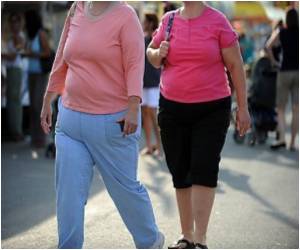In some adults, the white fat cells that we all stockpile so readily are supplemented by a very different form of fat—brown fat cells, which can offer

"It's particularly exciting because we found that some of these cells are located in subcutaneous white fat, which could be a very accessible source for them," says Tseng, who is also Assistant Professor of Medicine at Harvard Medical School.
Scientists in her lab carried out in vitro tests of cells in mice found in different fat tissues and skeletal muscle that were marked with a protein called Sca1. When these cells were exposed to a protein called BMP-7, a key factor in brown fat development previously identified by the Tseng lab, many displayed markers of brown fat cells.
Moreover, the investigators showed that conversion rates climbed for progenitor cells in subcutaneous white fat when they were exposed not just to BMP-7 but to the diabetes drug rosiglitazone, which other studies had previously demonstrated aids in brown fat differentiation.
The work also showed that the Sca1-positive progenitor cells identified in various mouse fat depots and muscle tissue differed in their molecular signatures and in how amenable they were to undergoing this transformation.
Additionally, the researchers exposed the isolated precursor cells to BMP-7 in vitro and re-injected them into the mice, where the cells survived and transfigured into mature brown fat. This suggested that cell-based brown fat therapies eventually may be possible if drugs don't pan out.
Advertisement
"Given that obesity is a major risk factor for type 2 diabetes, cardiovascular disease and other metabolic disease, finding new ways to reduce body weight is really essential," she says. "Of course, diet and exercise are still the best approaches for losing weight in the general population, but for people who are genetically predisposed to obesity, or those who already develop detrimental metabolic disorders due to excess body weight, there is an urgent need to develop new interventions for effective and safe weight reduction. These results appear to take a significant step toward using brown fat cells in such therapies."
Advertisement
Source-Eurekalert











